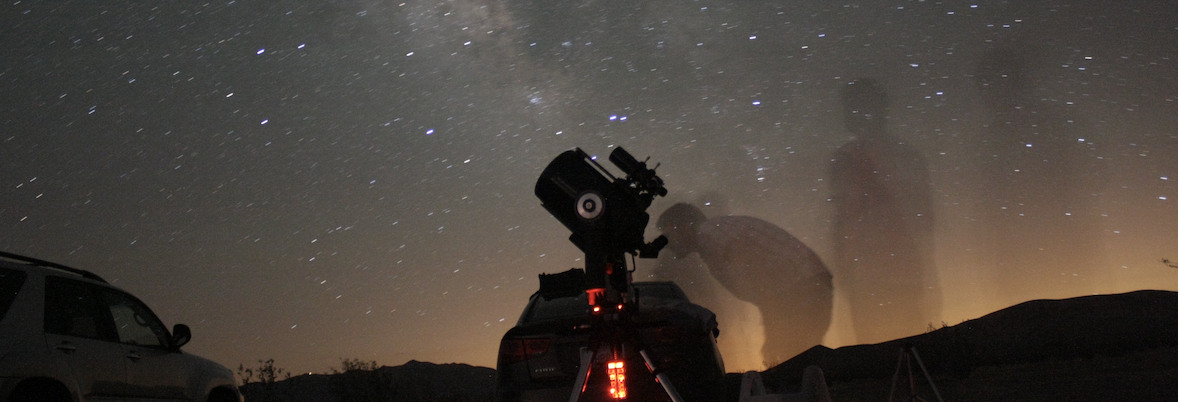Episodes

Tuesday Sep 08, 2020
September 2020
Tuesday Sep 08, 2020
Tuesday Sep 08, 2020
WATCH this on YouTube
LISTEN as a podcast on Podbean, Stitcher, or iTunes
Social Media: @mrwebbpv on Twitter and Instagram
@pvplanetarium on Facebook, Twitter, and Instagram
School is starting, the nights are getting longer, and two gas giants are dominating the night skies while two terrestrial planets make morning appearances.
Welcome to Observing With Webb, where a high school astronomy teacher tells you what you’re looking at, why it’s so cool, and what you should check out later this month…at night.
Naked-eye PLANETS...
Sunset – Saturn, Jupiter
- Saturn, Jupiter (S) – Just look South or Southwest before midnight and find the two really bright points of light fairly close together (less than a fist-width). To find Jupiter, just look for the brightest spot no more than 30˚ above the horizon. Saturn will be about 7˚ to the left. These make a great pair for getting your binoculars and telescopes out. You can see the rings of Saturn and moons of Jupiter fairly easily, and not have to do too much to switch from one planet to the other.
Throughout the night – Mars
- Mars (E-S-W) – Look East around sunset, south around midnight, and west in the morning for the non-twinkling reddish-orange dot.
Morning - Venus, Mars
- Venus (E) – Venus rises around at 3:30am in the East, and is about 30˚ above the horizon by sunrise (6:30ish).
EVENTS...
Full Moon – 2nd (Visible all night)
Last Quarter Moon – 10th (Visible from midnight into the morning)
New Moon – 17th (darkest skies)
First Quarter Moon – 23rd (Visible until midnight)
5th – Close Encounter – Moon, Mars – Get out there after 9:30pm and find the Moon with red, ruddy Mars close and bright nearby.
14th – Close Encounter – Moon, Venus – Make sure you have a nice view of the Eastern horizon after 3:30am when they rise. Venus and the Moon should be easy to spot, with Venus being VERY bright, and the Moon being its big beautiful crescent, just 4˚ to the left of Venus.
22nd– Fall Equinox – When all locations on Earth experience a day of almost exactly 12 hours and a night of almost exactly 12 hours. It is the astronomical first day of fall, even though meteorologically it typically starts in the beginning of September.
24th – 25th – Close Encounter – Moon, Jupiter, Saturn– Get out after sunset and find the Moon toward the SE. Jupiter will be the brightest point nearby, with Saturn to the left of Jupiter and also bright.
CONSTELLATIONS...
Use a sky map from www.skymaps.com to help you out.
After Dinner:
Sagittarius – Use binoculars (or even a telescope) and a star chart to scan through the southern constellation of Sagittarius. Currently the home constellation of Saturn. There are at least 7 easily visible clusters and nebulas up and to the right of the “teapot” of Sagittarius.
The Summer Triangle: Lyra, Cygnus, Aquila, Delphinus - Look straight up before 10pm and you’ll be able to see Lyra (the Harp), Cygnus (the Swan), Aquila (the Eagle), (and Delphinus the Dolphin.) These three constellations have the three brightest stars of the summer constellations (Vega, Deneb, Altair – respectively.) Those bright stars create the summer triangle. Off to the east of this is the small but beautiful constellation of Delphinus. If you’re under dark skies (away from city lights) you may just catch a glimpse of the Milky Way passing through Cygnus and Aquila. If you’re looking past 10pm, they’ll be moving toward the West and lower in the sky.
Before Work:
Cassiopeia – Just a few degrees below the zenith, in the North, is the Queen. Just look North and tilt your head almost all the way up, and you’ll see the 5 bright stars that form an M or upside down W in the sky, depending on what font you normally use. The angle on the left will be ALMOST a right angle, with the one on the right being obtuse.
Don’t forget this podcast is found on my Podbean page, Stitcher, and iTunes. There’s also a video version on my YouTube Channel and I can be found on Twitter and Instagram as @mrwebbpv. The Pequea Valley Planetarium and its events and updates are on Facebook, Twitter, and Instagram as @pvplanetarium.


No comments yet. Be the first to say something!